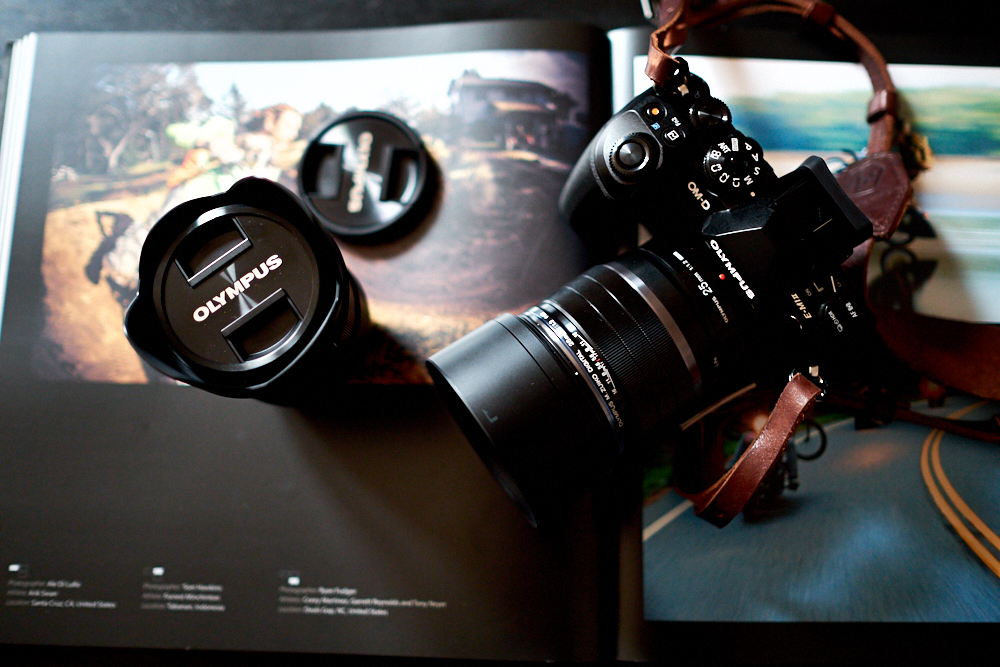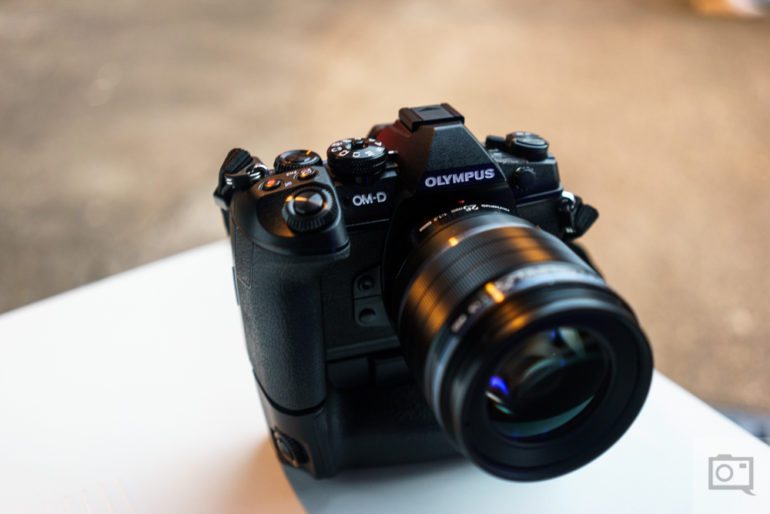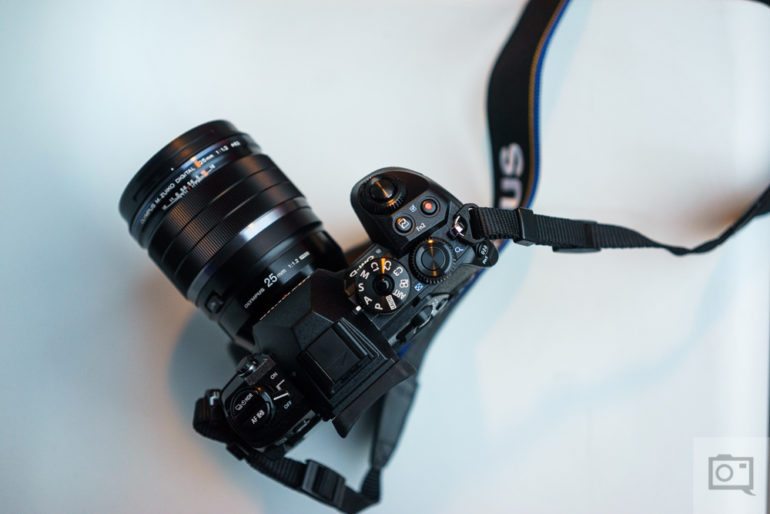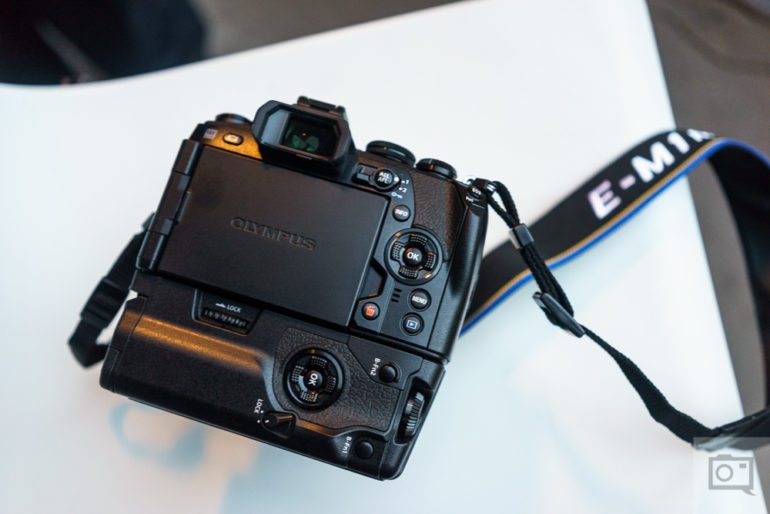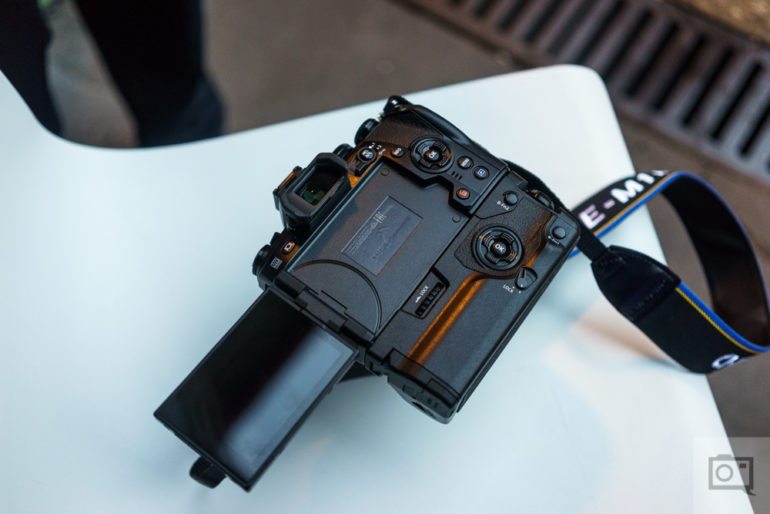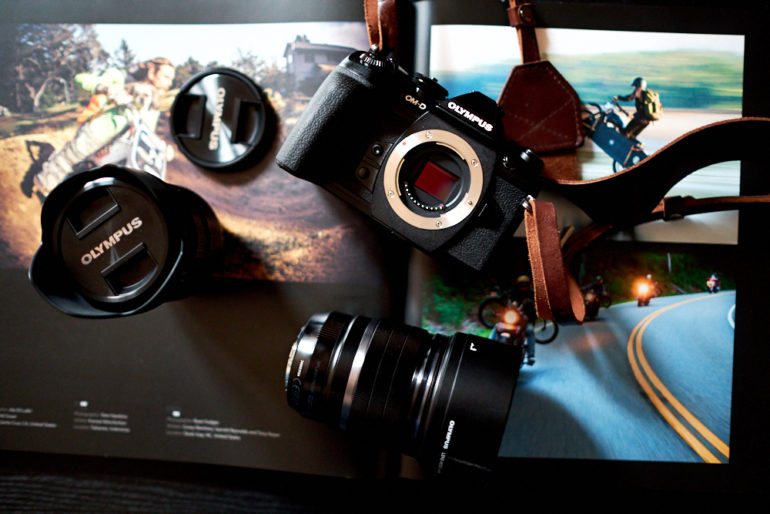Last Updated on 02/03/2020 by Brett Day
Olympus has always been a company that marched to the beat of their own drum in some ways. With the Olympus OMD E-M1 Mk II, that is totally the case. While many other companies sit journalists and bloggers down in meetings to talk about high ISOs and image quality, Olympus doesn’t typically do that. They constantly showcase other features. In this case, it’s the weather sealing, the autofocus performance, the fps capabilities, the fact that you can handhold the camera to an absurd exposure length, and their pledged support to professional photographers in the future. Indeed, Olympus has never had the best image quality due to the size of the Four Thirds sensor, but since the inception of the OMD E-M5 it has never been very bad. Images at ISO 6400 are acceptable with some tweaking, and if you pair the camera with some of the best lenses for Micro Four Thirds, all that is going to just go away due to overall experience with the camera.
Olympus puts fun first. What do I mean by that?
There isn’t a single company creating really fun filters that photographers want to use except for Olympus. Their cross process filters? Incredible. Grainy black and white? Be still my heart! The closest thing to Ilford Delta 400 makes my jaw drop and strikes me with awe every time.
Yet for some odd reason, people seem to think the image quality isn’t good enough, (despite the fact that we live in an age where the iPhone does freakin’ billboards in the Meatpacking District and Williamsburg). Everyone has said the sensor is too small. In truth, it isn’t the size, but how you use it that matters.
Pros and Cons
Pros
- Good image quality though you start to see shadow noise at ISO 6400
- They’ve finally fixed that stupid problem where ISO 6400 was marked as an extension
- Weather sealing that is bananas good
- I handheld the camera and got a blur free image at 15 seconds
- Comfortable to hold and I typically don’t like SLR style cameras
Cons
- Menus got deeper
- Price point is hard to justify
- Fast autofocus can sometimes miss moving subjects in low light
- Despite having some of the best ergonomics I’ve ever felt on any camera to date, they desperately need a dedicated ISO control dial
- It’s a professional camera system with no full studio monolight options out there
Gear Used
We tested the Olympus OMD E-M1 Mk II with the Voigtlander 17.5mm f0.95, 12-80mm f2.8 PRO, Panasonic 12mm f1.4, and the Olympus 25mm f1.2 PRO lens. Flash usage was with the Adorama Flashpoint Zoom Li-on.
Specs taken from the Olympus website
-
Sensor Effective Resolution / Type20.4 Megapixel Live MOS
-
ProcessorTruePic™ VIII Dual Quad Core Processor
-
Focusing SystemDual F.A.S.T. AF (Contrast & Phase Detection AF) 121 Point (All Cross Type) On-Chip Phase Detection
-
Image Stabilization System5-Axis In Body Image Stabilization
-
Viewfinder2.36M dot LCD Electronic Viewfinder
-
Rear Monitor3.0″ Vari-Angle Touch LCD
-
WeatherproofDust, Splash and Freezeproof
-
Sequential Shooting Speed15fps [H] mode 10fps [L] mode mechanical shutter
60fps [H] mode 18fps [L] mode silent electronic shutter -
FlashBundled FL-LM3 (dust & splash-proof)
-
Special Features4k Video Capture (30/25/24 fps)
PRO Capture Lag-Free Electronic Shutter Mode
In-camera Focus Stacking
Dual SD Card Slots
Ergonomics
When you look at the Olympus OMD EM1 Mk II, you can tell it’s a serious looking camera. There are a load of buttons, switches, and dials that make the camera pretty simple to use if you’ve got the time to customize it.
The front of the camera has very few controls aside from the lens release. There are a couple buttons other than this, but you’re mostly bound to only work with the shutter release.
When you get to the top of the camera, you start to see lots of controls. You’ll spot the mode dial, the shutter release, on/off switch, headphone jack, drive mode, and custom function buttons for stuff like ISO or white balance.
Move to the back of the camera, and what you’ll find are loads more buttons in addition to an LCD screen that tilts and swivels. The directional pad is great for changing the autofocus and the other buttons and switches are clearly labelled.
What you’ll also find here is the EVF, and what you’ll also clearly notice at this point is that the optional grip is attached.
The LCD screen folds out and swivels just like the one on the previous model and the OMD EM5 Mk II.
Taken from our first impressions post.
Build Quality
In case you have doubts as to how well the Olympus OMD E-M1 Mk II was weather sealed, consider the fact that Alberto took it to Iceland for a while. It snowed. In fact, it hailed. It was pretty insane, but it worked out well and the camera continued to function.
Then consider that we ran it under a faucet. What I didn’t tell a lot of folks is that I did this twice. The first time, when I filmed the video, I realized it was out of focus. So, I ran it under the faucet for probably 10 minutes total. The camera survived and continues to function. If that isn’t durable, I’m not sure what is.
In my book, that’s a fantastic feat. When the Sony a7s came in for review, it couldn’t survive that. Sony’s lenses are very well sealed, but the cameras aren’t. Fujifilm’s cameras have survived pretty heavy rainstorms, but that’s about it. Olympus is the only manufacturer besides Pentax that has let us run their cameras under a faucet.
Ease of Use
To the very end of the review period, I had a few minor gripes. For example, I wanted to program a single button to handle only ISO control when used in conjunction with a dial. But, Olympus insists on also giving me white balance controls. Like a few other companies, Olympus also doesn’t seem to use conventional standards when it comes to white balancing. I want to be able to shoot film style at proper daylight white balance and proper tungsten white balance, not Sunny and Incandescent which are slightly off.
Additionally, the camera’s menu system has become deeper. Luckily, once you program everything the way you need it, you’ll barely spend any time in the menus.
What you should also remember is that it’s possible to handhold the camera for up to 15 seconds.
Autofocus

Olympus has forever been the king of autofocusing and, when it comes to the OMD E-M1 MK II, that’s still the case. It’s still got the fastest and most reliable autofocus I’ve ever seen and that is no small statement. Fujifilm, Canon, and Sony all do very well with their mirrorless systems in their newer cameras, but Olympus seriously takes the cake here.
Where it seems to fall short is tracking very fast moving subjects under f2.8. It can be quite tough and it only gets tougher when the lighting situation drops down to nighttime scenes. In low light, the camera is bound to miss maybe 1/10th of the time. Even then, I’m being overzealous; it’s most likely less than that. The autofocus slows down only marginally in low light.
For street photographers, I’d recommend getting a lens and stopping down to f2.8 when shooting moving subjects. But you could also be better than I am and it depends on the focal length. If you’re shooting with the 17mm f1.8, then you may not need to stop down in very close encounters of being a few feet away from a subject.
Metering
The OMD EM1 Mk II tends to underexpose scenes by maybe 1/3rd of a stop. This is sort of standard in the industry though. Just keep this in mind if you’re shooting Sunny 16 style.
Image Quality
In good lighting, Olympus cameras have great image quality. In low lighting, the image quality is also very good. But you’ll find noise in the shadows a bit more than you would with other cameras. The cool thing about Olympus though is you can use their fun filters to create something clients will love.
Don’t believe me? Trust me when I say that you are leaps and bounds more creative than clients most of the time.
RAW File Versatility

Color depth on the Olympus OMD E-M1 Mk II is pretty good overall, but to be honest Sony and Fujifilm both deliver files with more color depth. However, Olympus isn’t very far behind. It’s also got quite decent dynamic range depending on your scene exposures. Sometimes the scenes feel like Chrome film when you’re underexposing, but when you overexpose or expose properly to the camera’s light meter, you get incredible images.
It’s kind of weird because this is a similar sensor to what’s in the Pen-F.
For what it’s worth, I’m consistently able to get better colors and better images from Capture One 10 vs Lightroom.
High ISO Output

For starters, you’ll only really see any noise in a scene when you pixel peep. And the only people who pixel peep are photographers. Why? I’m not sure when it comes to putting images on the web, but if you’re printing then I sort of get it. Either way, it’s incredibly archaic at this point.
Any noise you’ll find will be in the shadows when color goes into black. In that area of gradation, you’re bound to find some that will be visible when pixel peeping. If you’re shooting in the grainy black and white film mode though, then you have no reason to complain about it. Just embrace how beautiful it is.
Extra Image Samples




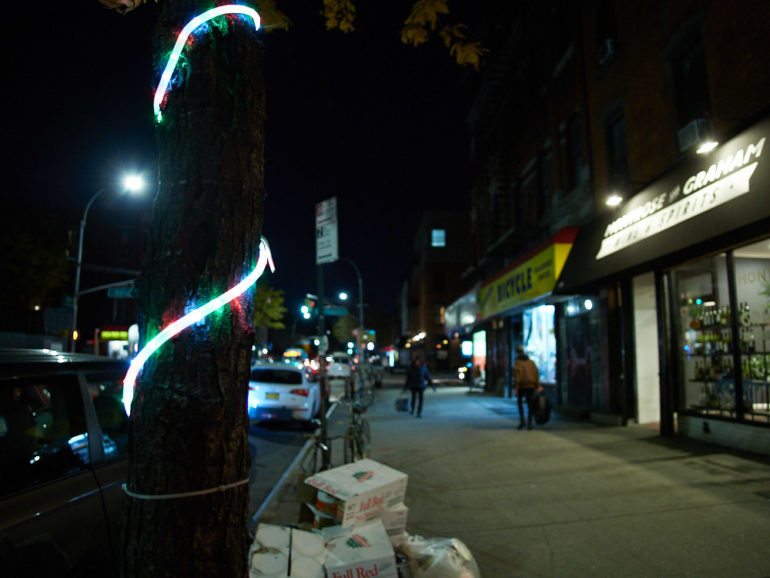





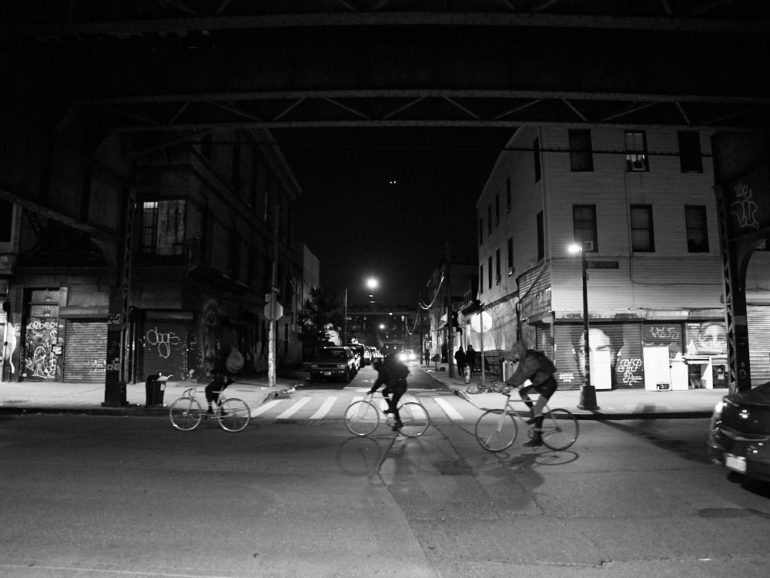





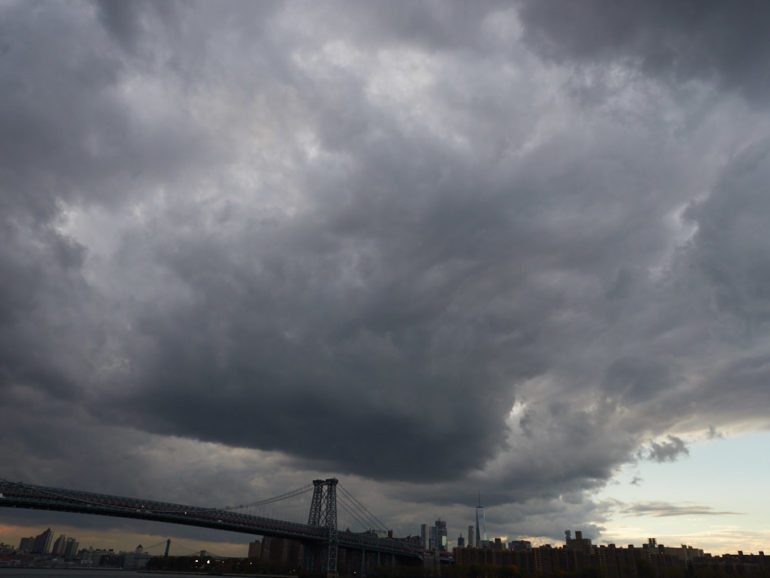









Conclusions
Likes
- Weather sealing
- Autofocus capabilities are fantastic
- Pretty good image quality
- Nice ergonomics
Dislikes
- Price point
The Olympus OMD E-M1 Mk II is a fantastic camera in many regards. But it’s expensive. I’ve debated the price point, and while with some other options you get better image quality, you don’t get the absolutely bonkers feature set you get with Olympus. You can’t run a Nikon D500 under a faucet–nor can you do that with a Sony a7 II, a6500, or a Fujifilm X-T2 and X Pro 2. None of these cameras can be handheld for 15 seconds to get a clean exposure. None of these cameras can shoot at the frame rate this is capable of either.
Granted, you’ll need to do more work with the files to get the look that you want.
In the long run, you’ll be incredibly rewarded with a fantastic camera. And if Olympus keeps up with their promise to provide greater support to professionals, then it will just make it so much better.
The Olympus OMD EM1 Mk II gets five out of five stars. Want one? Head on over to Amazon.


